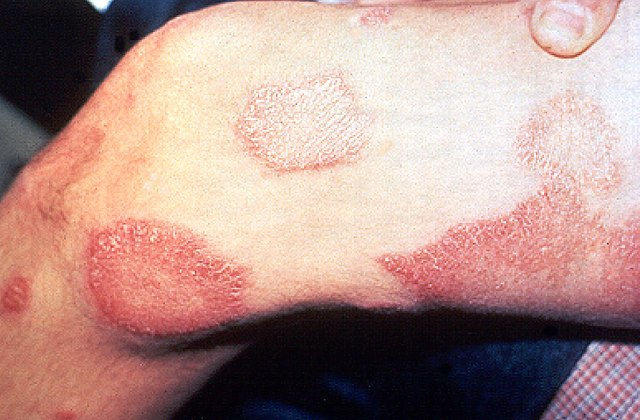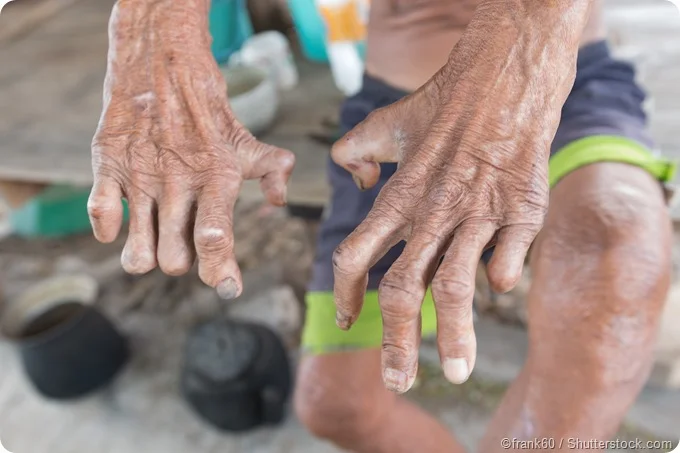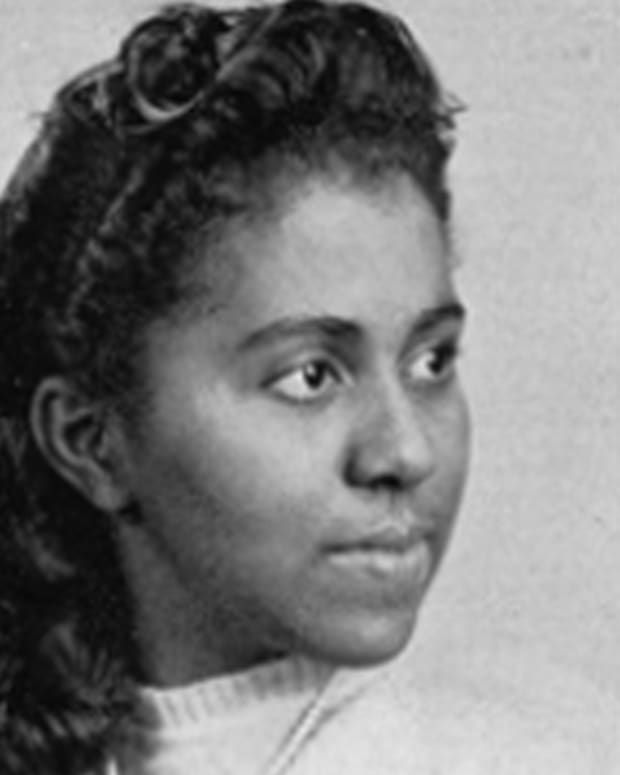Celebrating black history month with Alice Augusta Ball, the lady who found the cure against leprosy
- Science-by-Trianon

- Mar 1, 2021
- 3 min read
Updated: Aug 29, 2021
You will undoubtedly have heard of Marie Curie and Florence Nightingale but you probably won't have heard of Alice Augusta Ball.

Yet, these three women have something in common, namely that they appear on the frieze of the London School of Hygiene and Tropical Medicine.[1]
Part of the frieze of the London School of Hygiene and Tropical Medicine
So, what has Alice Augusta Ball done to deserve a place next to such luminaries as Marie Curie and Florence Nightingale?
She developed the first proven cure for leprosy.[2]

From Seattle to Hawaii to Seattle
She was born in 1892 in Seattle, Washington, USA.
When she was 11 years old, her family moved to Hawaii for a while (in the hope that the mild climate might have a positive influence on her grandfather's arthritis).
However, when her grandfather died a year later, the family moved back to Seattle, where she obtained two bachelor's degrees, one in pharmaceutical chemistry (1912) and one in pharmacy (1914).
Discovering the cure for leprosy
After this, she went back to Hawaii to take up her Master's studies on isolating the active principle of the Kava plant, a plant native to the pacific islands where it is consumed for its sedating, anesthetic, and euphoriant effects.

While working on this project she caught the attention of Dr. Harry Hollmann, a medical doctor in charge of the Hawaii Hospital's leprosy department (basically, a testing station which determined whether people were sent to a Leprosy colony, where they were expected to die).
As a matter of fact, the disease was believed to be highly contagious. Sending the sick ones to isolated colonies was to prevent its spread.
We now know casual contact does not spread the disease.

The best-known approach for leprosy (aka Hansen's disease) at the time was the application of chaulmoogra oil on the affected skin area.
Chaulmoogra oil is a substance well known in Chinese and Indian medicine, a very viscous and extremely bitter substance that was traditionally used for skin diseases.
It is obtained from Hydnocarpus wightianus, a semi-deciduous tree.

As the oil seemed to have a beneficial effect when applied externally, it was thought that internal application would yield promising results.
However, the oil was too viscous to be injected and too bitter to be swallowed.
Alice Ball's contribution to science lies in having A) isolated and B) chemically modified ester compounds contained in the oil which allowed its internal application.
This resulted in a cure that was effective in about half the cases, which may seem meager by today's standards but was definitely a step in the right direction in the 1910s - 1920s.
The treatment has been used for 30 years before the development of more effective drugs.
The credit of these discoveries was taken from her
After she dies, Arthur Dean, the president of the University of Hawaii, first claimed fame for himself, which he could do, because Alice Ball died after an accident in the lab involving chlorine gas in 1916. She was 24 years old.

Dr. Harry Hollmann later rectified Dean's misappropriation of Alice Ball's findings.
In 1922 he published an article in the Archives of Dermatology and Syphilology, naming the method the 'Ball method', the name by which it has come to be known ever since.
It was not before 2000, that the University of Hawaii officially recognized Ball for being the pioneer in leprosy treatment.
Conclusion
Alice Ball's achievement is two-fold.
A) She has invented the method named after her and
B) she has given many leprosy patients a way out of the leprosy colonies and the opportunity to be reunited with their families.
Her supervisor took credit for a discovery. Her contributions were recognized 84 years after her death.
In 2020, her story has been made into a short movie by Dagmawi Abebe. [3]
[01] https://www.lshtm.ac.uk/newsevents/news/2019/women-health-pioneers-honoured-lshtms-iconic-london-building-first-time, last accessed 2021.02.27
[02] https://en.wikipedia.org/wiki/Alice_Ball, last accessed 2021.02.27
[03] https://massivesci.com/articles/alice-ball-method-dag-abebe-museum-moving-image-kiersey-clemons/, last accessed 2021.02.27








Comments